Spices have been an essential part of cooking for thousands of years. They don’t just add flavor; they also play a role in preserving food, enhancing health, and even influencing cultures. From the fiery heat of chili peppers to the warm, earthy aroma of cinnamon, spices are a powerful force in the culinary world.
In this article, we’ll explore the science behind spices, how they impact flavor, their health benefits, and why they continue to be an important part of global cuisine.
1. What Are Spices? A Scientific Perspective 🧑🔬🌱
Spices come from different parts of plants, such as seeds, bark, roots, and fruits. Unlike spaceman slot (which are typically fresh leaves), spices are dried and more concentrated in flavor and aroma.
✔ Seeds ✔ Bark ✔ Roots ✔ Fruits – Chili peppers, black pepper
The unique flavors of spices come from essential oils and chemical compounds. These compounds not only affect taste but also provide medicinal and preservative properties.
2. The Chemistry of Flavor: How Spices Transform Taste 🍛🔬
Spices interact with our taste buds in fascinating ways. Here’s how:
✔ Capsaicin (Chili Peppers 🌶️) – Creates a burning sensation ✔ Piperine (Black Pepper 🖤) – Adds a mild, warming tingle ✔ Cinnamaldehyde (Cinnamon 🍂) – Gives cinnamon its sweet and woody ✔ Eugenol (Cloves & Nutmeg 🍂) – Produces a warm, slightly numbing effect ✔ Curcumin (Turmeric 🟡) – Adds earthy bitterness and is a natural anti-inflammatory compound.
The combination of different spices creates layers of taste—from sweet and smoky to spicy and bitter—resulting in the complex flavors we love in global cuisines.
3. Spices and Their Health Benefits 🏥💪
Many spices have been used in traditional medicine for centuries. Modern science confirms that certain spices have powerful health benefits.
🌶️ Chili Peppers (Capsaicin)
✔ Boosts metabolism and promotes fat burning ✔ Has anti-inflammatory and pain-relieving effects.
🟡 Turmeric (Curcumin)
✔ Known for its anti-inflammatory ✔ May help reduce the risk of Alzheimer’s and heart disease.
🖤 Black Pepper (Piperine)
✔ Enhances the absorption of nutrients like curcumin ✔ Has antibacterial properties that support digestion.
🍂 Cinnamon (Cinnamaldehyde)
✔ Helps regulate blood sugar levels ✔ Contains antioxidants that reduce cell damage.
🍵 Ginger (Gingerol)
✔ Aids in digestion and nausea relief ✔ Reduces muscle pain and soreness.
Spices are more than just flavor enhancers—they act as natural medicines that support overall health!
4. The Role of Spices in Food Preservation 🏺🍛
Before refrigeration, spices were used to preserve food and prevent spoilage. Many spices have antimicrobial properties that slow down bacterial growth.
✔ Garlic & Onion ✔ Cinnamon & Cloves ✔ Turmeric & Cumin – Protect against foodborne illnesses in curries.
This is one reason why spices are commonly found in hot climates—they help keep food fresh for longer!
5. Spices in Global Cuisine: A Culinary Journey 🌎🍜
Each region of the world has its signature spice blends that define its cuisine:
✔ India 🇮🇳 – Garam Masala & Curry Powder A blend of cumin, coriander, turmeric, cardamom, and cloves creates rich, aromatic dishes like butter chicken and biryani.
✔ Middle East 🇹🇷 – Za’atar & Baharat Spices like sumac, thyme, and allspice give dishes earthy, tangy flavors found in hummus, kebabs, and falafel.
✔ Mexico 🇲🇽 – Chili Peppers & Cocoa Mexican mole sauce combines spices and chocolate for a deep, smoky flavor.
✔ China 🇨🇳 – Five-Spice Powder A mix of star anise, cinnamon, cloves, Sichuan pepper, and fennel adds sweet, spicy, and numbing sensations to stir-fries.
✔ Ethiopia 🇪🇹 – Berbere Spice A bold, fiery blend of chili, ginger, cardamom, and cinnamon used in stews like doro wat.
Spices are more than just ingredients—they are an expression of culture and tradition.
6. The Future of Spices: Innovation & Sustainability 🌱🌏
The demand for spices is growing as people explore new flavors and health benefits. But the spice industry also faces challenges:
✔ Sustainable Farming – Overharvesting of spices like vanilla and saffron ✔ Fair Trade Practices – Farmers in India, Madagascar, and Sri Lanka are working towards ethical spice production ✔ Artificial Spices – Scientists are developing lab-grown flavors to reduce pressure on natural spice sources.
As consumers, choosing ethically sourced spices helps support farmers and preserve biodiversity.
7. Conclusion: Spices—The Secret to Flavor & Wellness 🌟🧂
Spices are more than just kitchen staples; they are powerful, transformative ingredients that influence taste, health, and history.
✔ They create depth and complexity ✔ They provide scientific health benefits ✔ They connect us to global culinary traditions.
So, the next time you cook, think about the science and history behind your spices—they might just be the secret to unlocking your best dish yet!
The Science of Spices: How They Transform Flavor & Health 🌿🔥
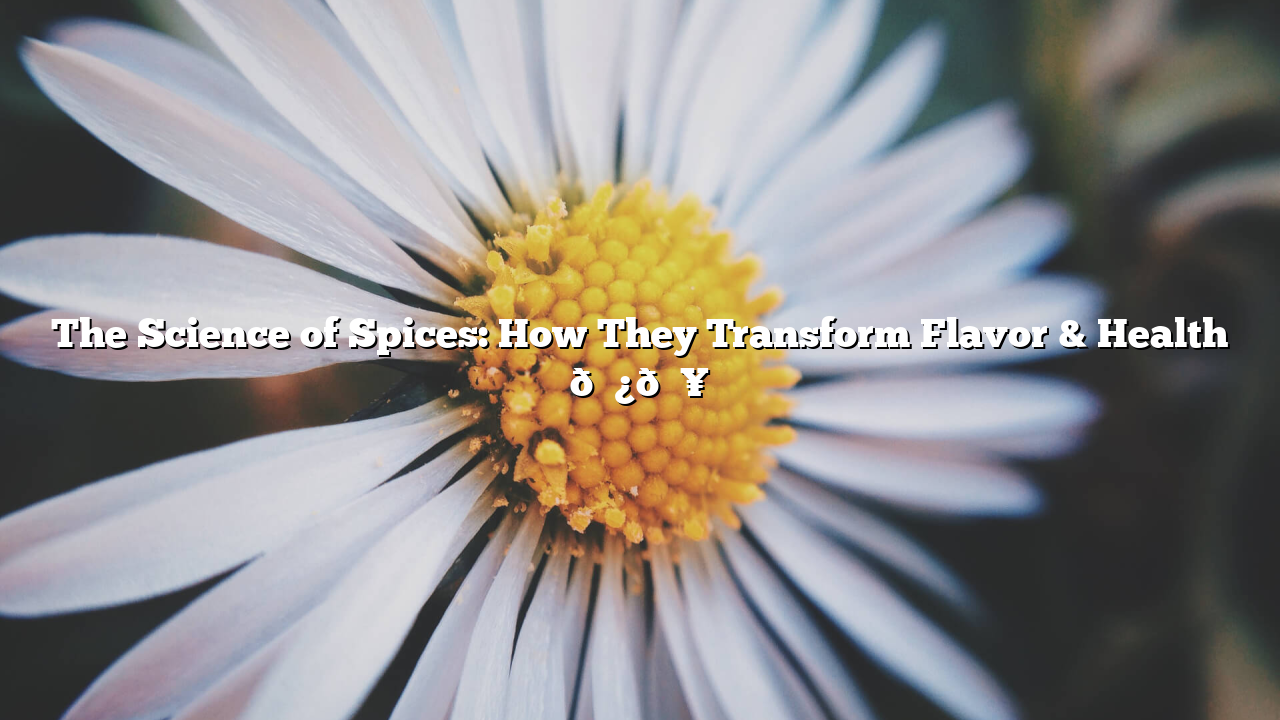
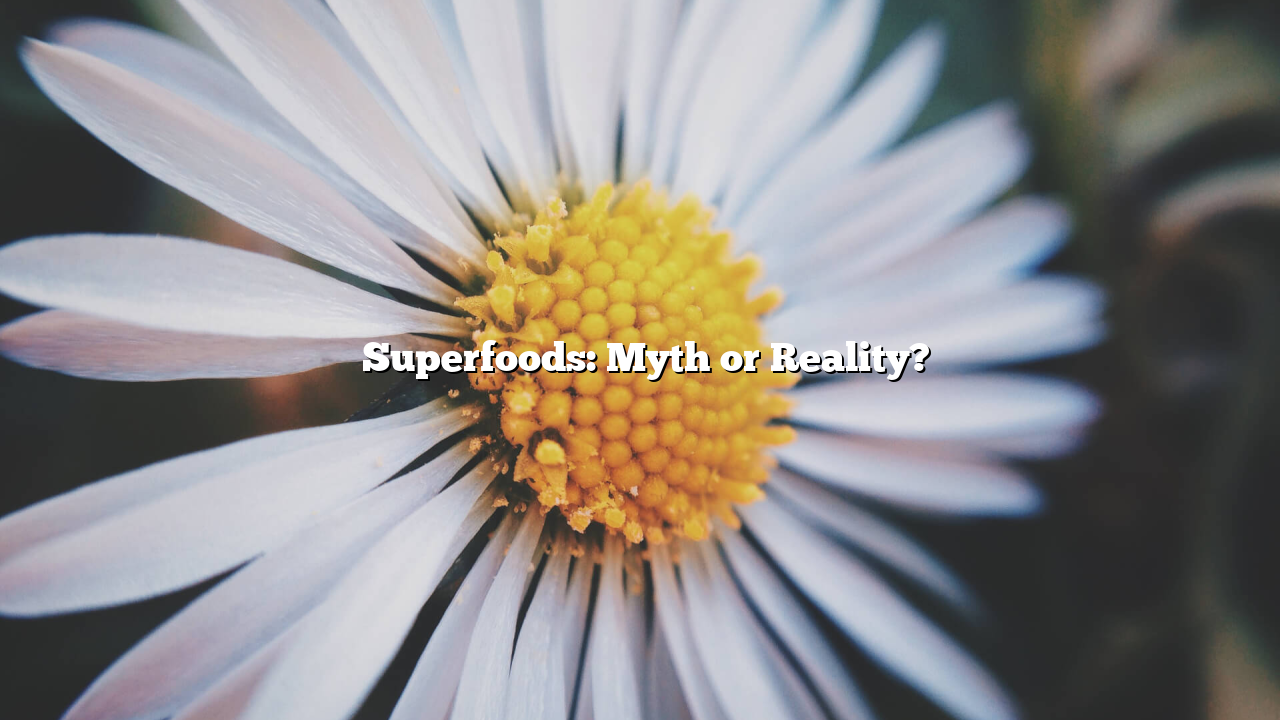
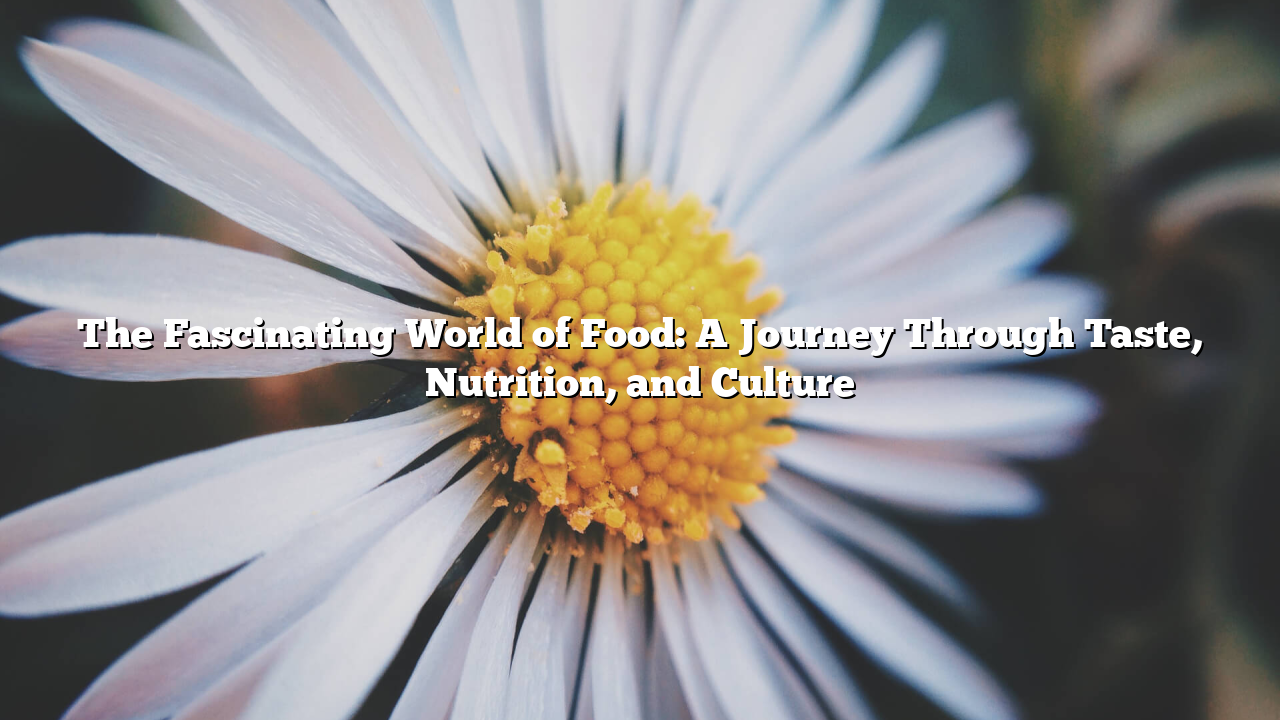
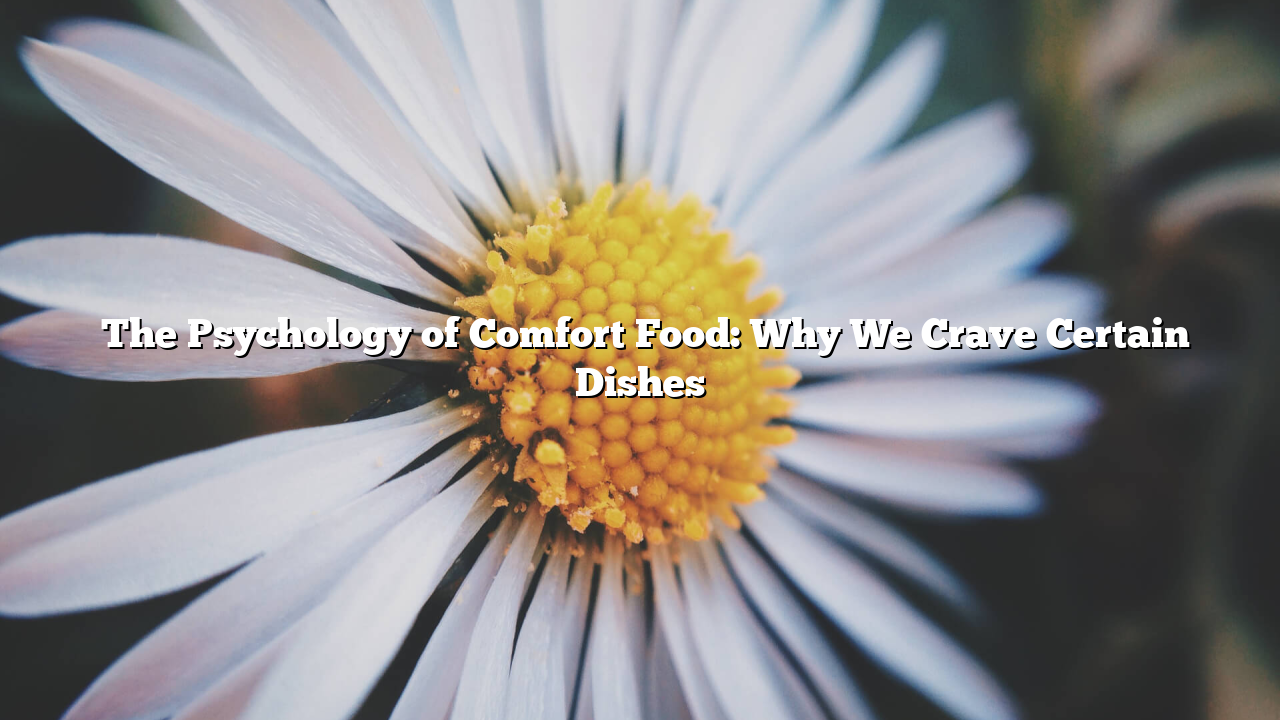



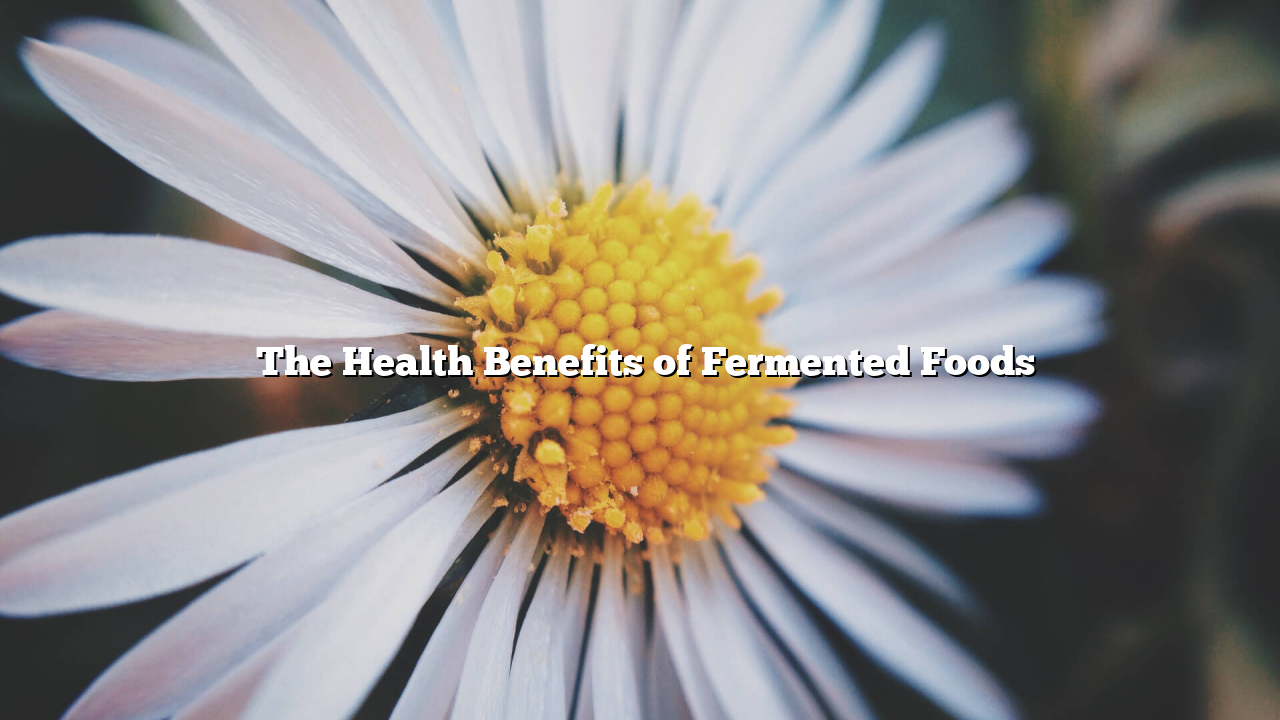
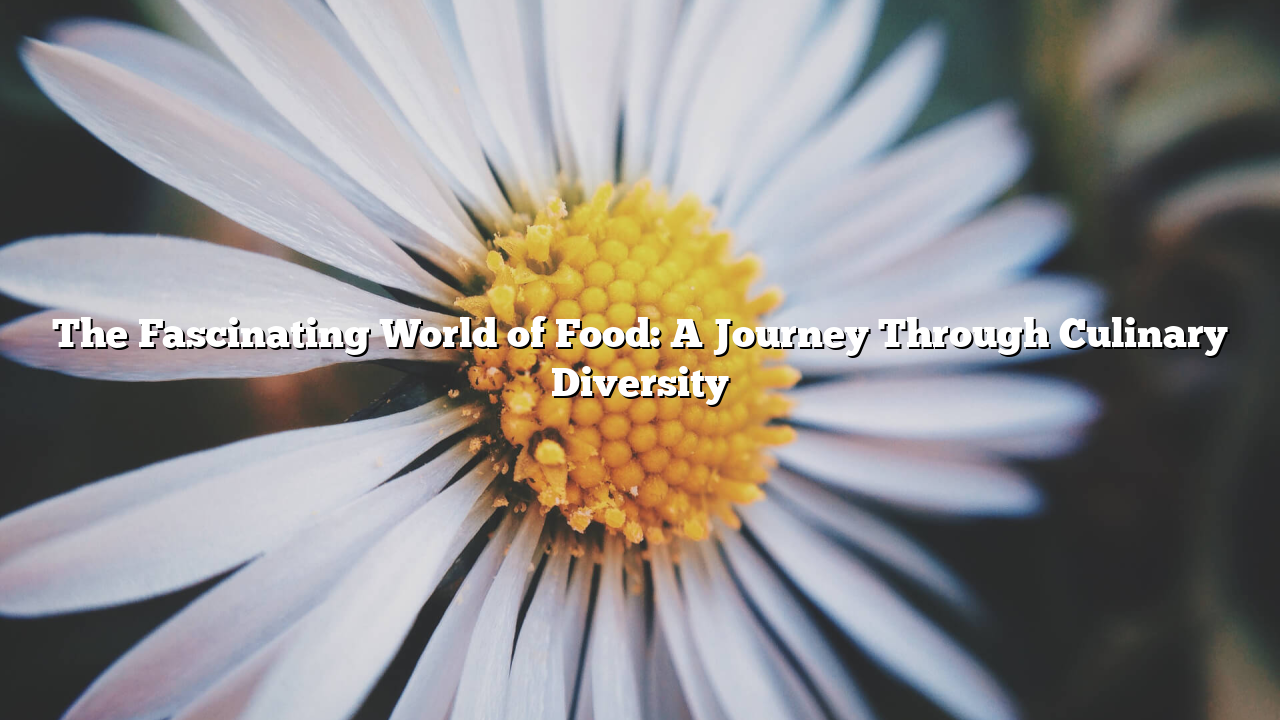

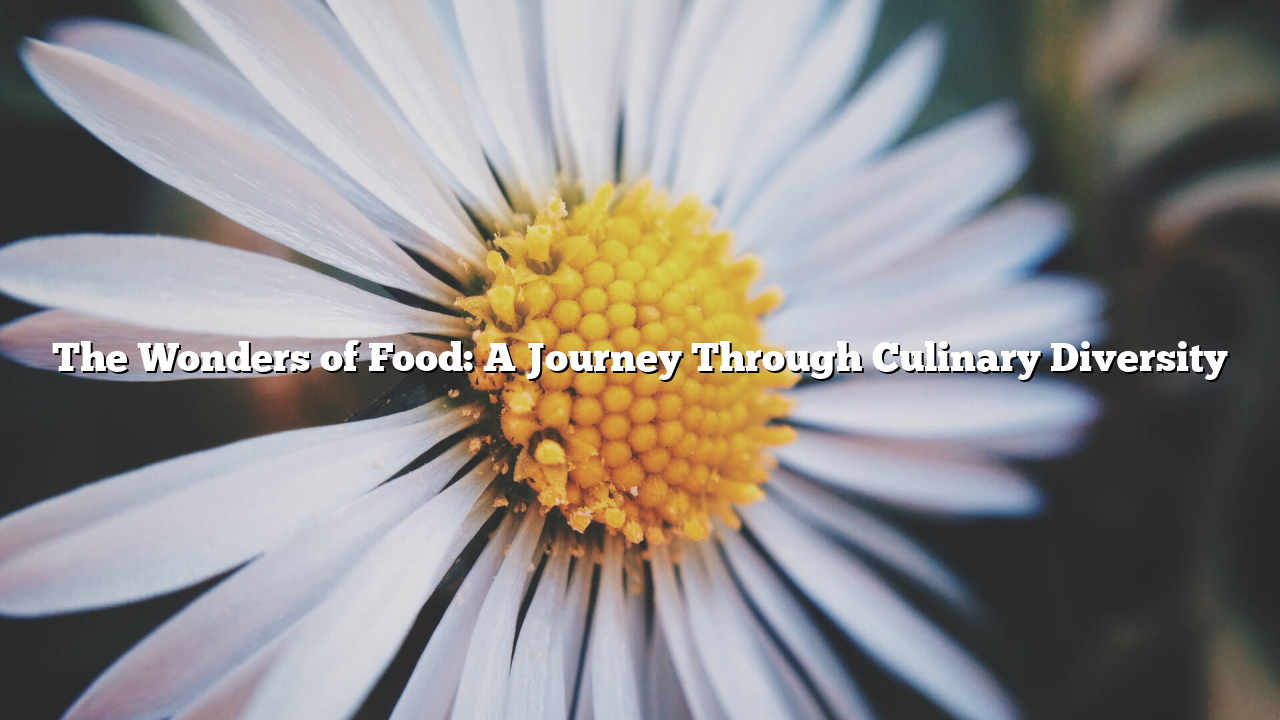
Leave a Reply